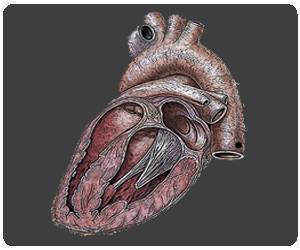When you sprint, you get that winning kick with the help of your fast muscle fibers.

Alternative splicing is one of the secrets as to how the estimated 25,000 human genes code for the 100,000 or more proteins important to the functioning of the human body. For one gene to make different proteins, it has to alter the genetic message, choosing which coding parts of the gene called exons are included in the protein "recipe" used by the cell's protein-making machinery.
"In the case of PKM2, this enzyme represents a shift back to the fetal splicing pattern," said Cooper. "What was striking was that if you look at the histology (the tissues seen at a microscopic level) of the skeletal muscle, only the slow fiber types – the ones affected in myotonic dystrophy – have this splicing event switch." The slow fibers are those most affected in myotonic dystrophy.
"We don't know what it is doing to the metabolism, but it seems to be pushing it in the opposite direction from what slow fibers do," said Cooper. "This is related to the loss of slow fibers in myotonic dystrophy."
To figure out how this happens, Cooper and his colleagues used antisense oligonucleotides (snippets of genetic material designed to target specific areas of a gene) to bind to the precursor RNA (genetic material that carries the code for a protein) for PKM, and thus force it in the other direction – to the embryonic form.
"Doing this, we showed there could be a change in metabolism in myotonic dystrophy and we showed it in the whole animal," said Cooper.
Advertisement
"To my knowledge, this is the first time anyone has looked at this alternative splicing event and associated it with a disease other than cancer," said Cooper. "The muscle wasting in this disease could be due to an imbalance of metabolism."









